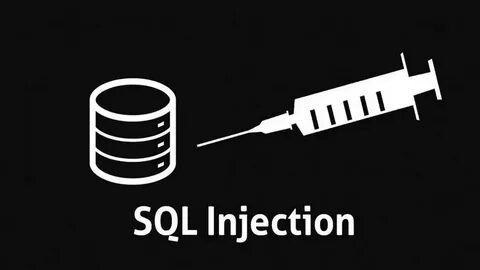Imagine your website or application as a heavily fortified castle, with sensitive data as the precious treasure within. However, two stealthy adversaries, SQL Injection and Cross-Site Scripting (XSS), can breach even the most secure strongholds, plundering your treasure and leaving devastation in their wake. In this article, we’ll delve into the realms of these malicious attacks, exploring the protective measures to safeguard your digital domain.
Understanding the Foes
1. SQL Injection: The Data Thief
- Definition: A type of attack where malicious SQL code is injected into web applications to manipulate backend databases.
- Implication: Unauthorized data access, modification, or deletion.
2. Cross-Site Scripting (XSS): The Scripting Sorcerer
- Definition: An attack where malicious scripts are injected into websites, executed by unsuspecting users’ browsers.
- Implication: Session hijacking, data theft, or malware dissemination.
Shielding Your Castle: Protection Methods
SQL Injection Defense Strategies

1.1 Input Validation and Sanitization
- The First Line of Defense: Ensure all user inputs are validated and sanitized to prevent malicious SQL code injection.
- Best Practice: Use whitelisting to specify allowed input formats.
1.2 Prepared Statements
- The Secure Query Approach: Utilize prepared statements with parameterized queries to separate code from user input.
- Benefit: Prevents SQL injection by treating user input as literal input, not part of the SQL command.
1.3 Regular Security Audits and Updates
- The Vigilant Approach: Regularly update your database management system and conduct security audits to identify vulnerabilities.
- Tool: Utilize tools like SQLMap for identifying SQL injection vulnerabilities.
XSS Protection Measures

2.1 Content Security Policy (CSP)
- The Scripting Sentinel: Implement CSP to define which sources of content are allowed to be executed within a web page.
- Benefit: Prevents malicious scripts from being executed, mitigating XSS attacks.
2.2 Output Encoding
- The Encoding Shield: Ensure all user-generated content is properly encoded to prevent scripting elements from being interpreted.
- Best Practice: Use context-dependent encoding (e.g., HTML, JavaScript, CSS, URL).
2.3 Input Validation and Sanitization (Yes, Again!)
- The Dual-Edged Sword: While primarily a SQL injection defense, input validation and sanitization also play a crucial role in preventing XSS attacks.
- Reminder: Validate and sanitize all user inputs, regardless of the attack type.
Additional Fortifications
Web Application Firewalls (WAFs)
- The Perimeter Defense: Deploy WAFs to monitor and filter incoming traffic, blocking common web exploits, including SQL injection and XSS attacks.
- Benefit: Provides an additional layer of security, especially for legacy applications.
Security Awareness and Training
- The Human Element: Educate your development team on secure coding practices, the dangers of SQL injection and XSS, and how to protect against them.
- Resource: Utilize platforms like Cybrary for comprehensive security training.
External Resources for Enhanced Security:
- OWASP – SQL Injection: Detailed guide on SQL injection, including examples and prevention techniques.
- Mozilla – Content Security Policy: Comprehensive resource on CSP, covering implementation and best practices.
- SANS Institute – Web Application Security: Offers training, research, and resources focused on web application security, including protection against SQL injection and XSS.
Conclusion
Protecting your digital fortress from SQL injection and XSS attacks is not a one-time task, but an ongoing process of vigilance and improvement. By implementing the protection methods outlined above, you significantly reduce the risk of these malicious attacks, safeguarding your sensitive data and ensuring the trust of your users.
Frequently Asked Questions (FAQs)
While stored procedures can reduce the risk, they are not foolproof. Input validation and sanitization are still crucial.
Regularly review and update your CSP to reflect changes in your web application’s content sources.
Yes, tools like SQLMap and ZAP (Zed Attack Proxy) offer free versions for detecting SQL injection vulnerabilities.
While less common, yes, XSS attacks can be launched through emails, especially if the email client executes JavaScript. Be cautious with links and attachments from unknown sources.
Provide regular security training, encourage secure coding practices, and incorporate security into your development lifecycle. Utilize resources like OWASP and SANS Institute for comprehensive security education.

